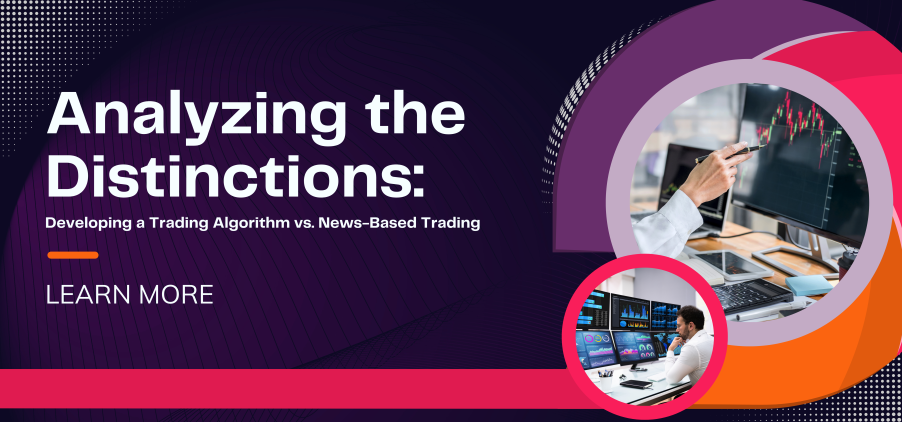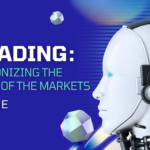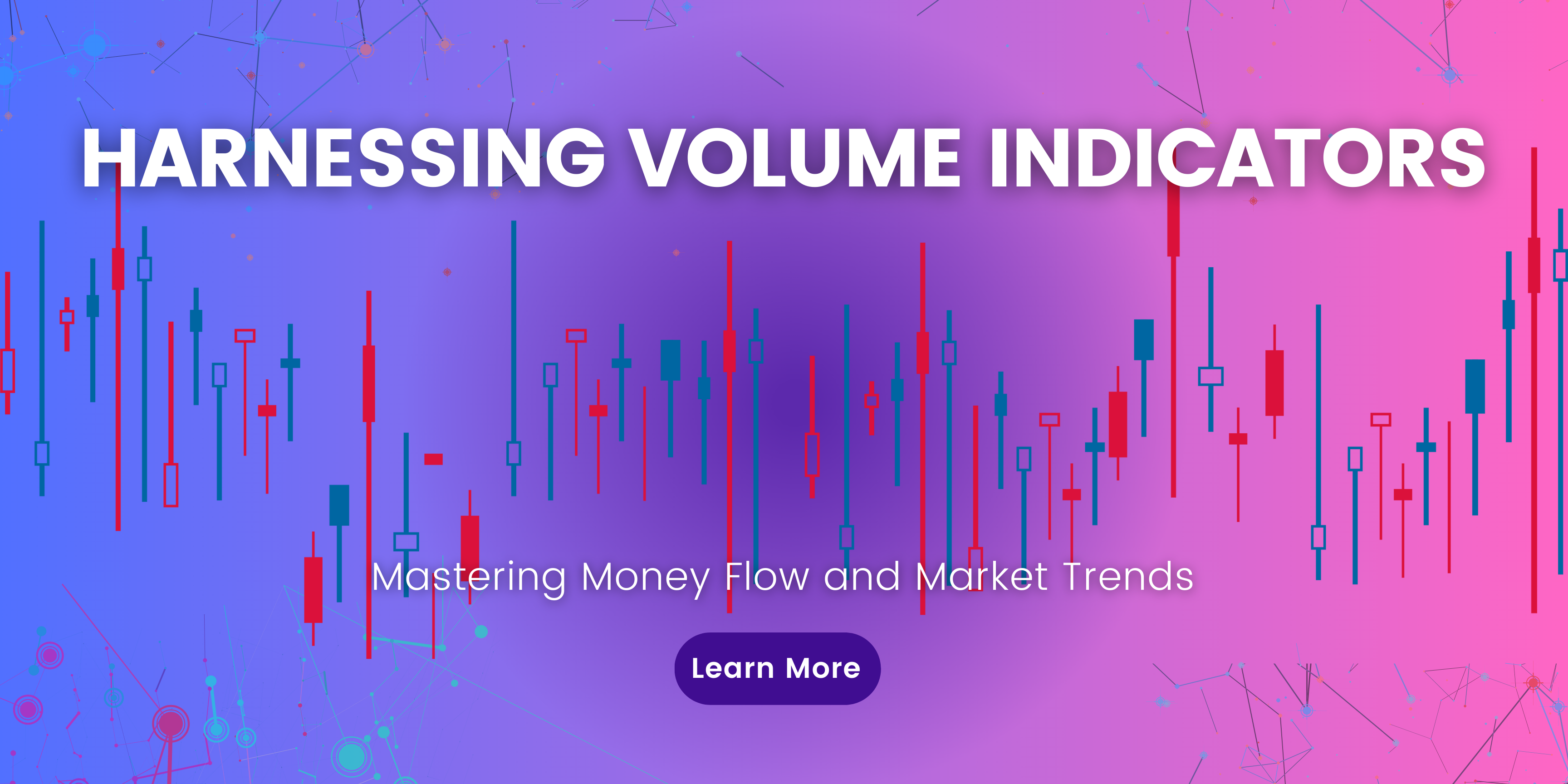Trading in financial markets has witnessed a significant shift in recent years, with the advent of technological advancements and the rise of algorithmic trading strategies. Traditional methods of trading, such as relying on news and market analysis, are being increasingly supplemented or replaced by trading algorithms. This article aims to explore the fundamental differences between …
How To Develop a Trading Algorithm vs. News-Based Trading Algorithm

Trading in financial markets has witnessed a significant shift in recent years, with the advent of technological advancements and the rise of algorithmic trading strategies. Traditional methods of trading, such as relying on news and market analysis, are being increasingly supplemented or replaced by trading algorithms. This article aims to explore the fundamental differences between developing a trading algorithm and trading based on news and other sources.
Nature of Decision-Making
A trading algorithm is an automated system that uses predefined rules and statistical models to identify potential trade opportunities. It relies on quantitative analysis, backtesting historical data, and continuously adapting to changing market conditions. Decision-making in algorithmic trading is driven by statistical patterns, mathematical models, and technical indicators.
In contrast, news-based trading relies on qualitative information like economic reports, political events, and company news to anticipate market moves. Traders analyze these external factors and make trading decisions based on their interpretation of how news might impact the market. It involves subjective judgment and may vary from trader to trader.
Speed and Execution
Algorithms excel in terms of speed and execution efficiency. They can monitor multiple markets, analyze vast amounts of data, and execute trades in milliseconds, beyond human capabilities. Algorithmic trading eliminates human emotions, biases, and delays in decision-making, enabling real-time execution at optimal prices.
News-based trading involves manually gathering and analyzing information, which can be time-consuming and prone to delays. Traders rely on news sources and often act on the interpreted information slower than algorithms. Human reactions can lead to missed opportunities or execution at suboptimal prices.
Consistency and Scalability
Algorithms operate on predefined rules and models consistently, without being influenced by emotions or external factors. Their performance is based on objective criteria and backtested historical data, delivering consistent results over time. Moreover, algorithms can be scaled to analyze multiple markets simultaneously, identifying various trading opportunities efficiently.
News-based strategies are subject to human bias, emotions, and interpretations. Traders’ reactions can vary based on their personal beliefs, leading to inconsistent decision-making. Additionally, news trading often focuses on specific sectors or markets, which may limit scalability and miss opportunities in other areas.
Adaptability and Reactivity
A prominent advantage of algorithms lies in their ability to adapt to changing market conditions. They can incorporate new data and adjust trading parameters to optimize performance. Algorithmic trading systems can dynamically react to market volatility, swiftly identifying trends, and executing trades accordingly.
News-driven traders depend on the accuracy and timeliness of the information they receive. Any delay or inaccurate interpretation might impact their trading decisions. However, adapting to new conditions can be challenging due to human limitations, leading to missed opportunities or poor reactions in volatile markets.
Developing a trading algorithm and trading based on news and other sources represent two distinct approaches to financial markets. Algorithmic trading offers speed, scalability, consistency, adaptability, and removes human biases. In contrast, news-based trading relies on subjective analysis of qualitative information, making it more prone to delays, bias, and inconsistency. Ultimately, choosing the appropriate strategy depends on individual preferences and objectives, and some traders may choose to utilize a combination of both approaches for optimal results in today’s rapidly evolving financial landscape.








